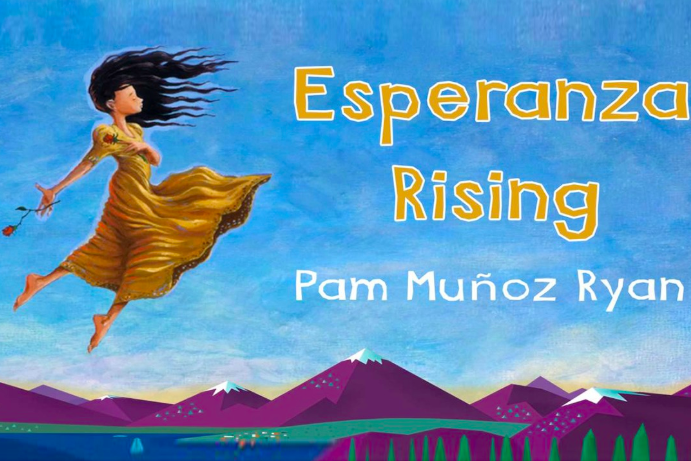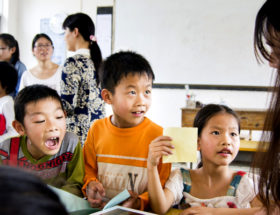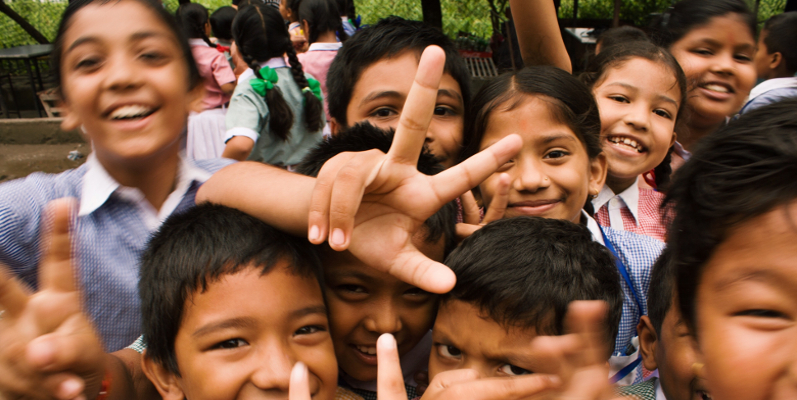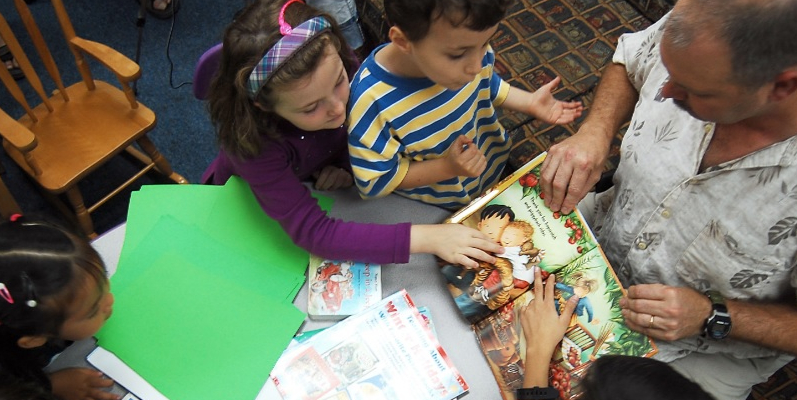My original state certification was for ages 3 through third grade. The state of Texas doesn’t allow that certification any longer. In addition, I am certified to teach grades K-8. Because my university degree and subsequent certification started with early childhood, the importance of social emotional learning in addition to academic content is clearly in my teacher DNA.
Working with 10-14 year old students in ELA content classes, I’m still keenly aware of what is absent for those kids socially/emotionally.
I want to share a multi-genre, multi-modal inquiry unit for upper elementary/middle school students that was created based on social/emotional needs that were observed.
Kids were talking about their concerns and fears for a new year in a new decade:
- If 2019 was such a bad year for my family, I’m not sure I’m excited about 2020.
- Why do people decide to make resolutions or set goals? I don’t want to do that in case I can’t meet those goals.
- I’m a little superstitious about the first year of a new decade. I’m afraid for 2020.
Let’s look at an introduction to an inquiry unit on New Beginnings that will “provoke” kids to learn, discover, discuss, write and enter into inquiry on their own.
Three picture books were chosen to guide the unit on new beginnings/change:
Yard Sale by Eve Bunting
Drawn From Nature by Helen Ahpornsiri
My Two Blankets by Irena Kobald
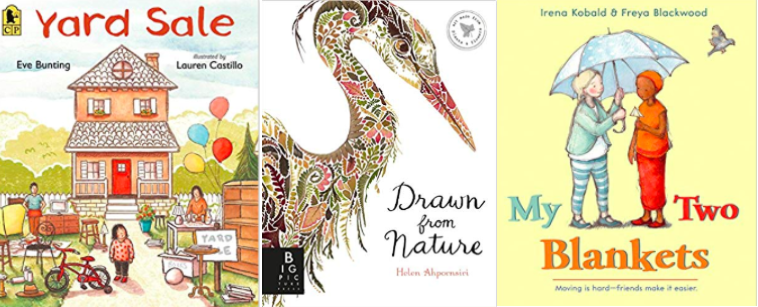
After reading Yard Sale, I wanted kids to discuss and write. Notes in my plans:
“When we read this book yesterday, we set our purpose to find out about changes in the lives of Callie’s family members. Callie’s family has changes coming for them. We saw yesterday that the family has a yard sale to downsize from their big house to a small apartment. As we read today, I want you to think about those things again, but I also want you to think about how change affects people and specific examples the author and illustrator include in Yard Sale. What opportunities arise for dealing with difficulties and what does each character do to respond to the drastic changes? I also want to us to spend a little time talking about why the author, Eve Bunting, thought kids might need a book like this.”
Once you’ve finished reading allow kids to turn and talk to one another about conflicts that arise. Create a T-chart sharing the actions that unfold in Callie’s experience during the yard sale. On the other side of the T-chart list motives for those actions. There are several internal conflicts for Callie. Can readers identify and discuss those? Ask kids to use text evidence from the read-aloud. Guide students to discuss the theme(s) they see in this story. Challenge students to share connections.
Switch to talking about author’s purpose for writing and what was accomplished through the plot elements and theme(s) of the story.
Ask kids (they turn and talk): “How does this one day play out for Callie? What does she do that reveals internal conflict? Does it seem like her family is clear on how she’s coping with this new beginning? What additional things could her family have done to ease this transition?”
Help kids to understand what working through difficult transitions can look like. “This book really talks about how a family is dealing with change, big change. Is it OK to grieve loss of things that are familiar? Is that silly to be sad and show those feelings when big change comes into our lives? Talk about healthy/unhealthy ways that you’ve seen people deal with changes in their lives (big or small). In our classroom we have people who come from families that like to minimize the negative and emphasize the positive. Is that a healthy way to deal with change? Talk a little more about that. How do we make space for the differences in how people respond to new beginnings? What lessons can we learn from this simple story?
I paired Yard Sale with several other texts and a media selection.
Article:
Student Runs Marathon to Raise Money for 5K
https://newsela.com/read/5k-everyday-alzheimers/id/2000001510/
What changes were in store for the family mentioned here in this article? What observations do you have about the choices the grandson made to cope?
Video:
Purl (Pixar Shorts) This animated short has some adult topics included in the dialogue. PLEASE preview it before showing it to your students.
https://www.youtube.com/watch?v=B6uuIHpFkuo
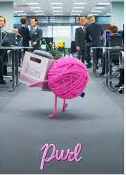
“What message(s) do you think the creator of this short, animated film is wanting to get across to viewers? How effective were the animators in communicating? Share some examples. (There is change shown in this short film on several levels: personal, institutional. Guide students to consider those.)
Infographic:
https://www.mindtools.com/pages/article/how-to-cope-with-change-infographic.ht
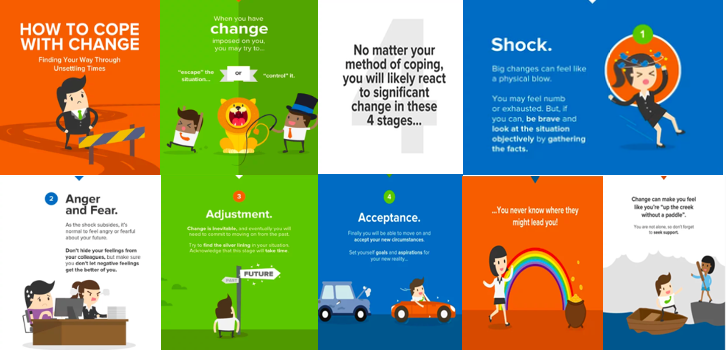
“Do you have positive ways of handling new beginnings/change when you encounter it in big or small ways? Talk about the information included in this infographic—is this helpful advice? Why or why not?”
Chapter book excerpt:
Esperanza Rising by Pam Muñoz Ryan
Abuelita nodded and said thoughtfully, “No hay rosa sin espinas. There is no rose without thorns.”
Esperanza smiled, knowing that Abuelita wasn’t talking about flowers at all but that there was no life without difficulties. She watched the silver crochet needle dance back and forth in her grandmother’s hand. When a strand of hair fell into her lap, Abuelita picked it up and held it against the yarn and stitched it into the blanket.
“Esperanza in this way my love and good wishes will be in the blanket forever. Now watch. Ten stitches up to the top of the mountain. Add one stitch. Nine stitches down to the bottom of the valley. Skip one.”
Esperanza picked up her own crochet needle and copied Abuelita’s movements and then looked at her own crocheting. The tops of her mountains were lopsided and the bottom of her valleys were all bunched up.
Abuelita smiled, reached over and pulled the yarn, unraveling all of Esperanza’s rows. “Do not be afraid to start over,” she said.
Esperanza sighed and began again with ten stitches.
Picture Books:
You and Me and Home Sweet Home by George Ella Lyon
Nonni’s Moon by Julia Inserro
My Dad Used to Be So Cool by Keith Negley
Little Tree by Loren Long
Ten Days and Nine Nights by Yumi Heo
The Day You Begin by Jacqueline Woodson
Dreamers by Yuyi Morales
It’s important for me to listen in to kids’ discussions so I can “assess” how effective the learning is for each student. Comprehension is an invisible process. That’s why I want to hear kids talk and collect their responses to text selections/media in writing.
“Beginning something new can be both exciting and challenging. Change is complicated. Respond to either the book Yard Sale, the animated film, Purl, the article about raising money for Alzheimer research, or the excerpt from Esperanza Rising, and any of the other picture books you were able to choose from. “What is your thinking about change and what is ways to cope with it? Give examples from several selections listed above.”
This introduction was designed to act as provocation to get kids thinking, discussing, writing that leads to identifying their curiosity to enter authentically into inquiry. In the process of reading and sharing these selections together as a class, kids are exposed to ways to cope with new beginnings/change and hopefully they feel empowered to make choices that carry them through these experiences in real life.
“You know, good books don’t end when we turn the final page. Readers are always changed in some way after they read any great book. Maybe they have a change in attitude, get a lot of new information, have a change of heart or they want to take action. Maybe they see someone else’s passion and creativity and discover their own passion for something. What are you thinking you’ll do now that you’ve read and discovered more? What action will you take as a result of your new learning?”
“Is there something you want to create to show others how change doesn’t always have to be experienced in negative, difficult ways? Do you have advice you could share with kids after getting more information about your inquiry? After finding out more about through your personal research, would you like to create something that expresses your ideas and thoughts—maybe a painting, spoken poetry, or short film? Would you like to create a group in your school or community that finds ways to support kids that find themselves in a position of change or unexpected new beginnings?
What I’ve shared here is work teachers and kids can engage in together that supports them emotionally toward empowerment and autonomy in dealing with change. There are more plans I created that are supported by the additional books, Drawn From Nature and My Two Blankets. If you’re interested in the remainder of the New Beginnings/Change unit plans, send me an email and I’ll send them to you as a “freebie”.
Teaching kids to navigate through text with powerful thinking, engaging discussions and thoughtful written response is what ELA teachers do. We also see kids social/emotional needs and it is possible to marry the two. I’ll share more of these units in upcoming blog posts.


